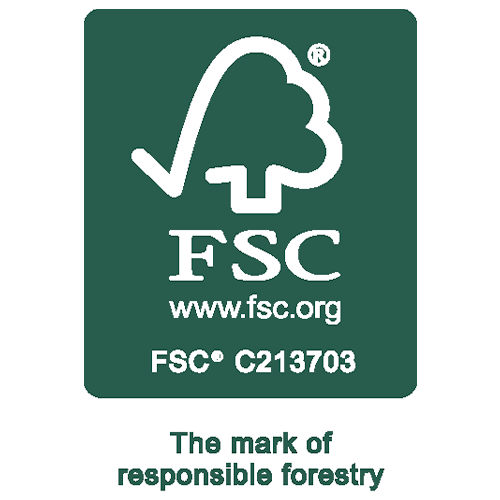Gutchess Lumber Co., Inc.’s “Words from the Woods” series consists of a monthly article written by our fifth-generation President and Chairman Matthew Gutchess. This is the second article in the series, written May 6, 2021.
While I grew up in the Ravena-Coeymans-Selkirk area of eastern New York State, my family would make a three-hour drive to visit my dad’s parents in Cortland from time to time, generally two or three times per year. I have only vague recollections of my grandparents’ original home ten minutes away on Circle Drive, but well remember their house (and swimming pool, and ping-pong table, and winter sledding hill!) on Deerfield Heights/Surrey Ave when it was more or less brand new, built in 1976 by the Streeter family.
The 35-acre woodlot, as it existed at that time, was quite different from today’s. Near the top of that hill alongside a hayfield, my grandfather Homer had planted a great number of Norway spruces—most of which thrive and tower tall today—possibly to help manage some generally wet ground just above the house. At the top of the hayfield near the east corner of the long northern border of the property he had also planted a line of blue spruce; I recall thinking of them as the perfect height for slightly off-color Christmas trees. (In later years as they grew larger these trees failed and were removed, testament to the risks of planting versus natural regeneration. However, a line of twenty-nine beautiful red oaks planted just behind the spruce survived and are already nearing maturity in terms of height, if not in volume.)
I usually describe Deerfield’s main woods as split neatly into “upper” and “lower” sections which are divided by a short skid trail with an attractive small and hidden clearing occasionally used as a campsite. Summer evenings after dinner, Homer would sometimes take us along the fence line running all around the outside of both segments of woods in his pickup truck, driving slowly, looking for deer or other animals, or just studying the landscape. (Much of this “road” or skid trail survives today, especially in its upper half. It’s a perfect weekend morning walk with my dog.)
I’m not completely certain, but believe from the general “pit and mound” topography that the upper section of these woods has never been cleared for farming. This is certainly NOT true of the lower section, which except along its western fence contains no obvious older growth trees. Indeed, I vividly remember a very large chunk of this south-facing acreage as a sunny patchwork of blackberry bushes interconnected by many winding and interesting trails, which diverged from a common point between two large rocks near the gate at the entrance to the driveway. Much less clear in my memory were the four distinct tree species which Homer—and possibly others alongside or just before him—had planted near or among these bushes: more regimented Norway spruce along with red oak, poplar, and black walnut.
When I walked through this “lower” area in June of 2017 following an absence of nearly thirty years, the blackberries and their bright, cheerful trails which I was half-expecting to find were gone as though they had never existed. Instead, a canopied riot of white ash and black cherry—good native pioneer hardwoods—some scattered sugar maples, and dense patches of scaly black locust mixed with the four taller planted species mentioned above, along with—more ominously—various invasives including grape vine, swallow-wort, garlic mustard, and tenacious thickets of honeysuckle.
Homer died in 2006 at the end of a very successful life and career. Walking through these woods today occasionally feels like journeying back through his mind. Why did he plant the trees he did in the locations he chose throughout the woodlot, instead of allowing the lot to naturally regenerate? What was he hoping to accomplish, and what would he think of the startling transformations which have taken place since his initial interest and early work in this property?
Matt

